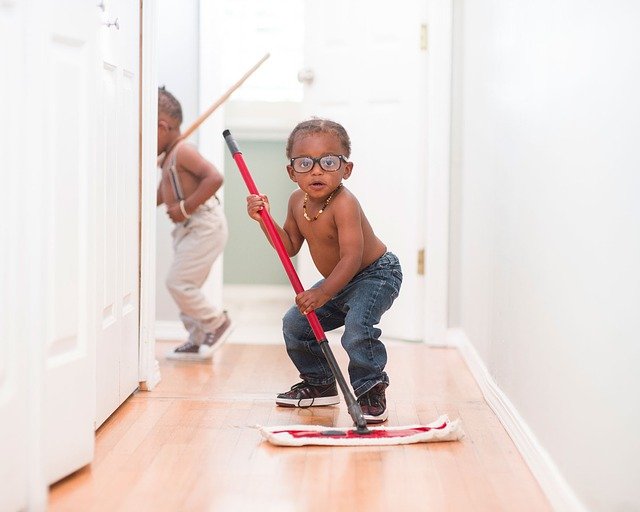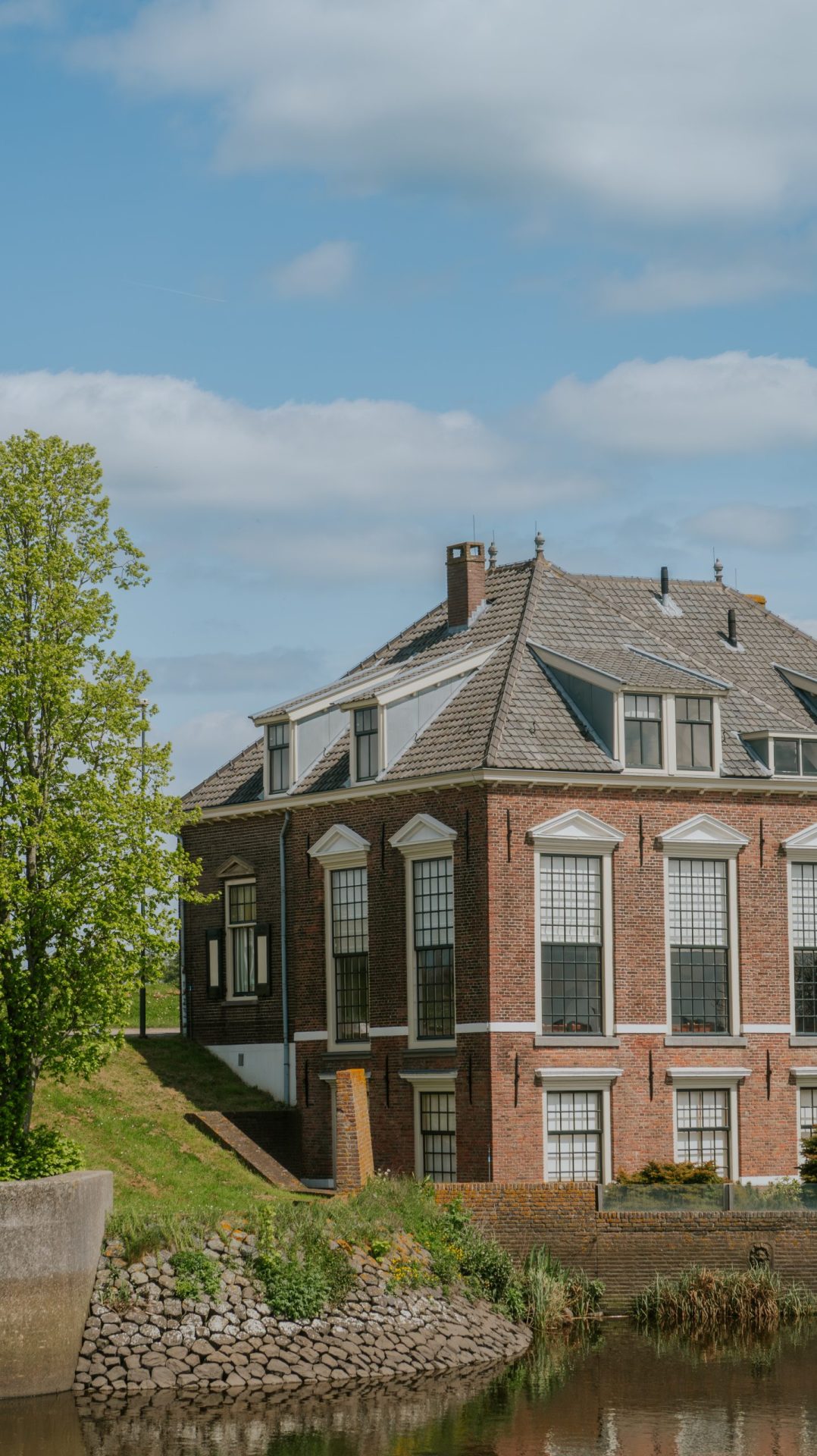Being a homeowner is a dream come true for many, but it also comes with its fair share of headaches. There is always something that can be fixed or improved, and the hiccups that accompany home renovation projects are no joke. Maybe you’ve recently stepped backed to admire a fresh paint job, only to realize that there are drips or paint splatter all over your engineered hardwood flooring.

It can be a bit of frightening sight, but there’s no need to panic. Although a big paint spill can end up doing serious damage to your floor, there are certain things you can do to fix it. Being a homeowner is all about learning as you go. You can find solutions to the minor mistakes that are inevitably made along the way.
Here is a guide on how to remove the paint from your wood floors:
Types of paints
Prior to tackling a paint stain, it is important to understand what you’re working with. Different types of paint will stain and dry differently. You need an action plan to clean up each type of paint.
Oil-based paints are often used for more demanding surfaces like exteriors or interior rooms that see many actions. They provide a higher level of grip and more covering than their latex alternatives. Oil paints also contain more additives and therefore take a longer time to dry, resulting in a glossier finish. All of these characteristics ultimately work together to make oil paints harder to remove.
Water or latex-based paint is cheaper, easier to work with and more commonly used. Water-based paints are the go-to choice for the majority of interior jobs. These paints dry quickly, but they don’t have the durability or shine of other paints. Nonetheless, they are generally much easier to clean up after a spill.
Remove when wet
It is understandable that not all situations will allow you to act fast. If at all possible, it is always best to get paint off the floor ASAP. When the paint is still wet, you can typically wipe it away. Depending on the depth of colour or stain, it might not even leave a mark.
Things get a bit trickier once the paint has dried though. If you’re still mid-project, keep an eye on things as you go and wipe them off immediately if possible.
Scrape off paint that has hardened
In some cases, you might discover paint chips on the floor only after they’ve had a chance to dry partially. Luckily, even if the paint is hard to the touch, it will still be much easier to remove if it hasn’t had a chance to cure completely.
If you notice paint spots that remain when pressed, you should quickly grab a flat-edged knife and quickly get scrapping. A plastic putty knife is ideal. You can also use a hammer for a little more oomph, but proceed carefully as you don’t want to damage the floor’s finish.
Removing paint from gaps
While you’re scrapping the paint away, you might notice that some of it have partially settled into the gaps between boards. Although it may appear nearly imperceptible, it is a good idea to remove the paint before it has the chance to dry fully.
A pull scraper is a perfect tool for the job, as you can use it to gentle tug along the side of each board. You can then also use the corner pull scraper to eliminate any paint that has found its way into the wood grain depressions.
Try adding some heat
If you’re not having much luck with the scraper, it might be time to turn up the heat a bit. Certain types of paint, such as an oil-based gloss enamel can turn hard almost immediately. You’ll probably have a hard time with a simple plastic scraper.
Rather than using a more aggressive tool, try warming the paint with a hairdryer first. Using the highest setting, hold the dryer to the paint for 10 to 20 seconds before attempting to remove the paint again.
Rub paint off with a solvent
If the heat doesn’t do the trick, you can also try removing the paint with solvent. This will also eliminate paint from any of the gaps or crevices. It is important to use the right type of solvent though! There are specific types of solvents for latex and oil-based paint. Ensure you’ve got the appropriate one before dampening a rag and carefully dapping the floor with it.






